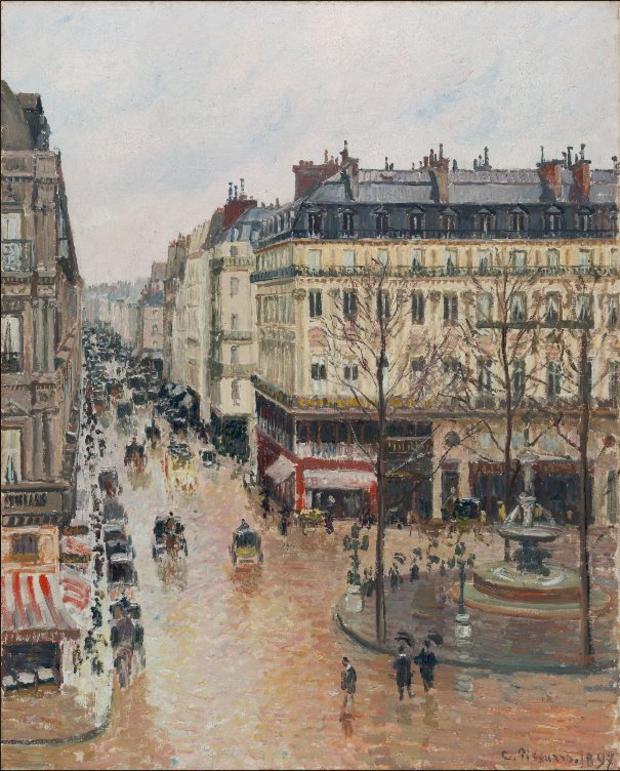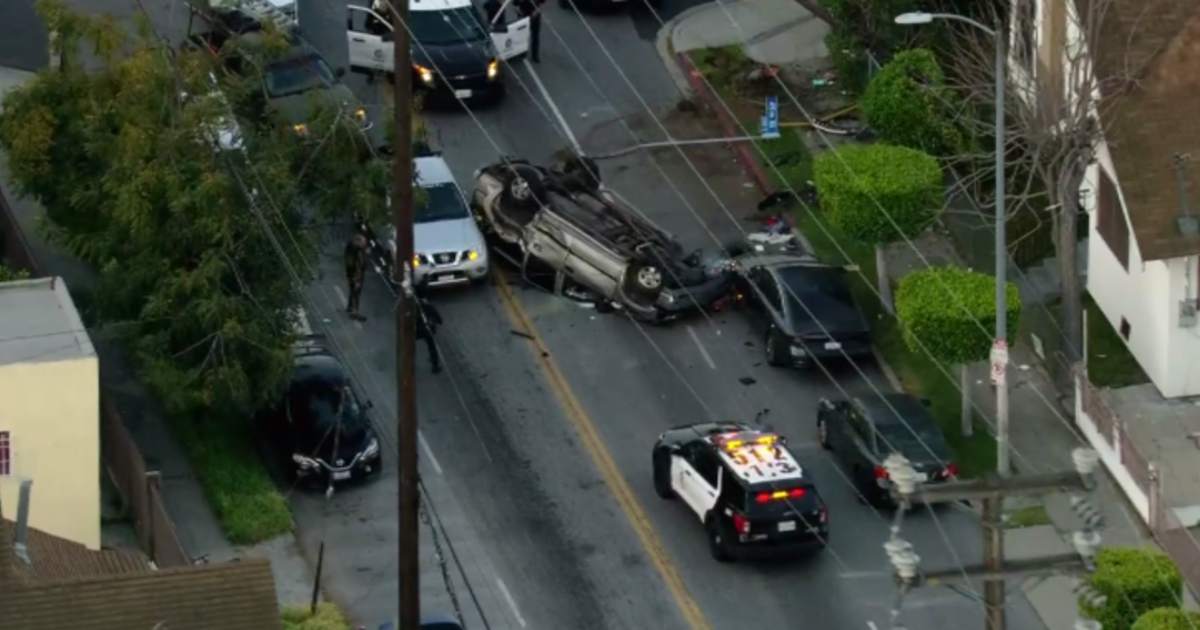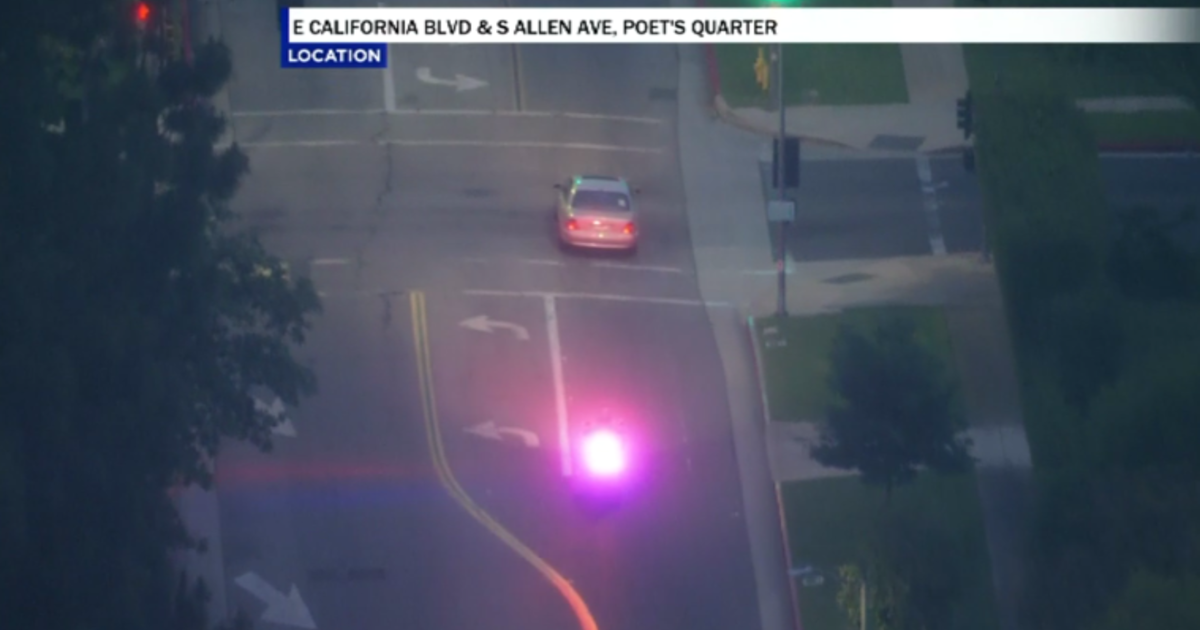LA Judge Rules Against San Diego Jewish Family Over $30M Painting Looted By Nazis
LOS ANGELES (AP/CBSLA) — A 15-year court battle has seemingly come to an end after an L.A. federal judge ruled Tuesday that a Spanish museum which acquired a $30 million painting looted by the Nazis is the work's rightful owner, and not the San Diego Jewish family of a woman who surrendered it 80 years ago to escape the Holocaust.
Camille Pissarro's "Rue Saint-Honore: Afternoon, Rain Effect," which depicts a 19th century Paris street scene, has been housed at the Thyssen-Bornemisza museum in Madrid since 1993. Pissarro created the stunning oil-on-canvas work of a rainy Paris street scene from what he saw out the window of a hotel room in 1897. It is valued at around $30 million.
In his 34-page ruling Tuesday, U.S. District Judge John F. Walter found no evidence the museum knew it was looted art when it took possession in 1993.
According to the lawsuit first filed in L.A. federal court in 2005, the Nazis confiscated the painting from Lilly Cassirer, whose Jewish family owned a prominent art gallery in Berlin in the 1930s. Lilly Cassirer was among the last of the family to flee ahead of the Holocaust. As she tried to leave Germany, a Nazi official forced her to surrender the painting in exchange for the exit visa she needed. Her sister, who remained, was later killed in a Nazi death camp.
The painting had been sold and resold after Cassirer and her family fled Germany. Swiss industrialist Baron Hans Heinrich Thyssen-Bornemisza purchased the painting in 1976 from a St. Louis art collector for $300,000. In 1993, Spain bought Thyssen-Bornemisza's collection for $350 million to hang at his namesake museum, which repeatedly refused to return the painting to the Cassirer family. Thyssen-Bornemisza died in 2002.
Under Spanish law, Walter ruled, the painting is legally the museum's. However, Walter also criticized Spain, calling its decision to keep the painting "inconsistent" with international agreements that it and other countries have signed "based upon the moral principle that art and cultural property confiscated by the Nazis from Holocaust (Shoah) victims should be returned to them or their heirs."
Walter, who has seen the case returned to court twice by appeals, conducted the non-jury trial in December. A lawyer for Lilly Cassirer's great-grandson, David Cassirer of San Diego, didn't say whether the family plans to appeal.
The painting was purchased directly from Pissarro's art dealer in 1900 by the father-in-law of Lilly Cassirer, who eventually inherited it and displayed it in her home for years. When she and her family fled the Holocaust in 1939, she traded it for passage out of the country.
For years the family thought it was lost, and the German government paid her $13,000 in reparations in 1958.
Then in 1999, a friend of Cassirer's grandson discovered the painting in the Thyssen-Bornemisza.
(© Copyright 2019 CBS Broadcasting Inc. All Rights Reserved. The Associated Press contributed to this report.)




